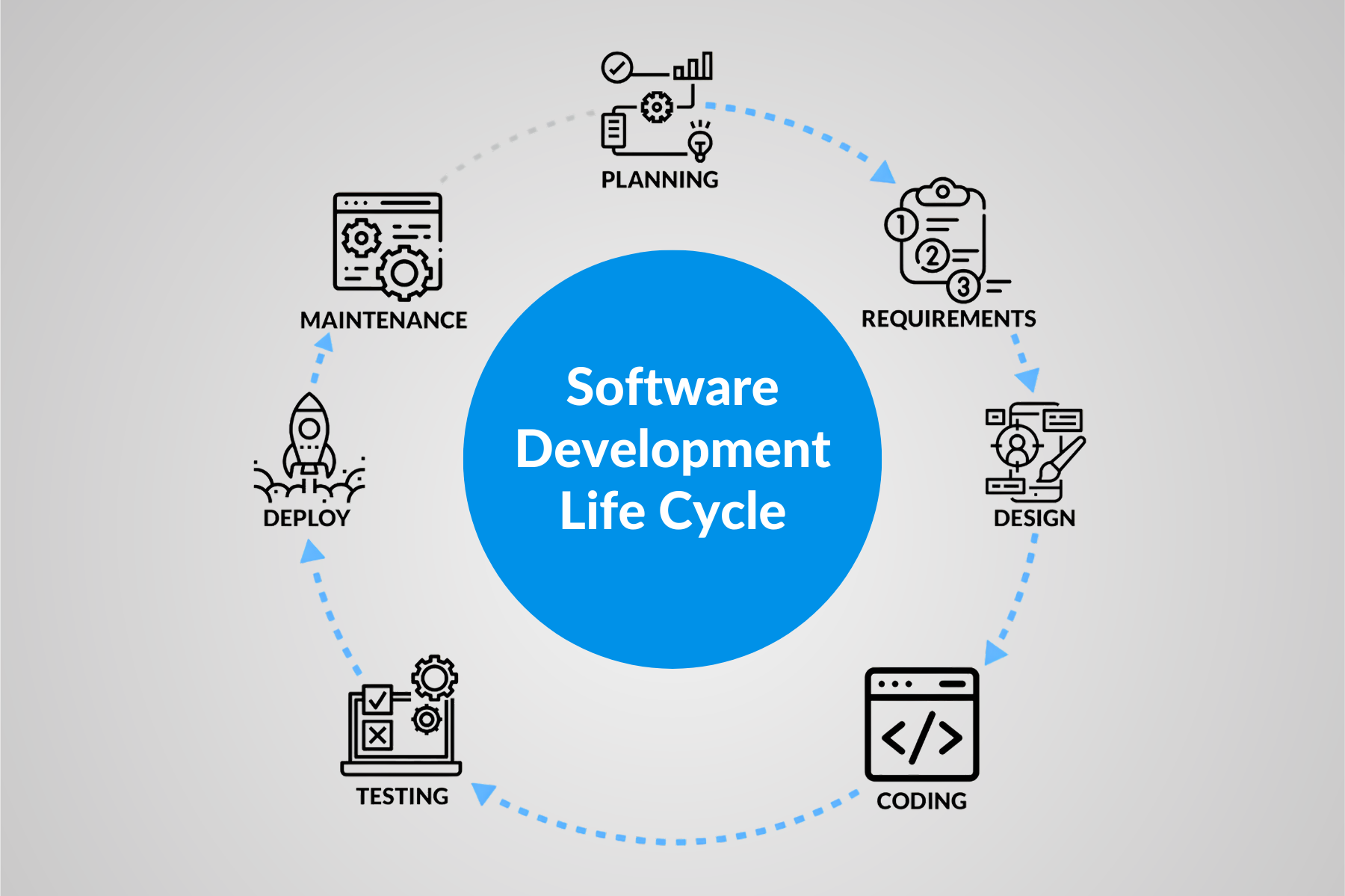How to Handle Test Data and Test Environment in Automation Testing

- July 18, 2023
- admin
In the world of software testing, efficient test data management and test environment setup play crucial roles in ensuring the success of automation efforts. Without proper handling of test data and a well-prepared test environment, automation processes can become unreliable and ineffective.
In this article, we will explore the best practices and strategies for managing test data and setting up a suitable test environment for automation. You can streamline your automation procedures and produce more precise and trustworthy test results by adhering to these recommendations.
Introduction
Automation testing has become an integral part of software development cycles, offering speed, accuracy, and repeatability. However, for automation to yield optimal results, it is essential to address two critical aspects: test data management and test environment setup. Test data refers to the input values and preconditions required for running test cases, while the test environment comprises the hardware, software, and network configurations necessary for executing tests. Let’s delve deeper into each of these topics and examine the ideal methods for dealing with them successfully.
Understanding Test Data Management in Automation Testing
Importance of Test Data in Automation Testing
Test data serves as the foundation for effective software testing. It helps in validating the behavior and functionality of applications under various scenarios. Accurate and relevant test data ensures comprehensive coverage and minimizes the risk of defects escaping into production. Without proper management of test data, automation scripts may produce unreliable results, leading to false positives or false negatives. Consequently, it is essential to set up reliable test data management procedures.
Challenges in Test Data Management
Due to a number of circumstances, managing test data might be difficult. These include the complexity of data dependencies, data privacy concerns, the need for data masking or obfuscation, and the requirement for creating and maintaining diverse datasets. Additionally, test data must be generated, refreshed, and synchronized with different test environments as per the testing requirements. To guarantee the effectiveness and efficiency of automated testing methods, these obstacles must be overcome.
Best Practices for Test Data Management
To overcome the challenges associated with test data management, consider the following best practices:
Data-Centric Approach
Adopt a data-centric approach where test data is treated as a valuable asset. Define data requirements and identify suitable sources for acquiring or generating test data.
Data Subset and Masking
Create subsets of production data that represent specific test scenarios. Ensure that data masking or obfuscation techniques are applied to protect sensitive information.
Data Provisioning
Automate the provisioning of test data to minimize manual efforts and ensure consistency across test environments. Leverage tools and frameworks that support data provisioning capabilities.
Data Maintenance
Regularly review and update test data to reflect changes in the application or the testing requirements. Establish data refresh intervals and processes to maintain data accuracy.
Test Data Documentation
Maintain clear documentation of test data, including its origin, purpose, and usage guidelines. This helps in understanding and utilizing the data effectively during automation testing.
Establishing a Test Environment in Automation Testing
Test Environment Requirements in Automation Testing
Successful automation testing requires a properly set up test environment. To achieve precise validation of the behavior of the application, it should closely mimic the production environment. The test environment should include the required hardware, operating systems, databases, third-party integrations, and network configurations.
Test Environment Setup Process for Automation Testing
To set up an effective test environment, follow these steps:
Environment Specification
Define the specific requirements of the test environment based on the application’s technology stack and dependencies.
Infrastructure Provisioning
Ensure the availability of the necessary hardware and software components required for setting up the test environment. Provision virtual machines, containers, or cloud instances as per the testing needs.
Configuration Management
Configure the test environment to match the desired state by installing and configuring the required software, databases, and other dependencies. Automate this process using infrastructure-as-code (IaC) tools for consistency and repeatability.
Maintaining and Updating the Test Environment
The dependability and stability of the test environment must be guaranteed through routine upkeep and updates. Consider the following practices:
Environment Monitoring
Implement monitoring tools to track the health and performance of the test environment. For the purpose of spotting potential problems, keep an eye on resource usage, network connectivity, and system logs.
Environment Versioning
Maintain different versions or snapshots of the test environment to support parallel testing, historical analysis, and quick recovery in case of failures.
Environment Synchronization
To ensure consistency and lower the chance that environmental differences may affect test findings, keep the test environment in sync with the production or staging environments.
Integration of Test Data and Test Environment in Automation Testing
Test Data Integration Strategies
Integrating test data with automation frameworks is vital for successful test execution. Consider the following strategies:
Test Data Injection
Inject test data directly into test scripts or test cases using parameters or data-driven frameworks. This allows for easy maintenance and flexibility in managing different data scenarios.
Test Data Management Tools
Utilize specialized test data management tools that provide features such as data generation, data masking, data provisioning, and data synchronization. These tools simplify the process of managing test data and improve automation efficiency.
Test Environment Configuration in Automation Frameworks
Automation frameworks should support easy configuration of the test environment. Leverage the following practices:
Configuration Files
Use configuration files to define environment-specific settings, such as database connection details, API endpoints, or server configurations. This allows for seamless switching between test environments without modifying the automation code.
Environment Profiles
Implement environment profiles within the automation framework to encapsulate the configuration details of each test environment. Switching between profiles enables the execution of tests in different environments with minimal effort.
Benefits of Effective Test Data Management and Test Environment Setup
Implementing effective test data management and test environment setup practices can yield numerous benefits, including:
Improved test coverage and accuracy
Properly managed test data ensures comprehensive test coverage, leading to more accurate results.
Reduced false positives and negatives
Reliable test data minimizes false positives and negatives, providing trustworthy insights into the application’s behavior.
Increased automation efficiency
Well-prepared test environments enable faster and more efficient execution of automated tests.
Time and cost savings
Streamlined test data management and environment setup processes save time and reduce the effort required for testing activities.
Enhanced collaboration
Clear documentation and standardization of test data and environments facilitate collaboration among testers, developers, and stakeholders.
Conclusion
Effective test data management and test environment setup are essential for successful test automation. By adopting best practices such as a data-centric approach, data subset and masking, automated data provisioning, and maintaining clear documentation, organizations can optimize their automation workflows.
Additionally, establishing well-configured test environments, regularly maintaining and updating them, and integrating test data with automation frameworks contribute to reliable and efficient test execution. Emphasizing these aspects will result in accurate and meaningful test results, accelerate software delivery and ensure high-quality applications.











